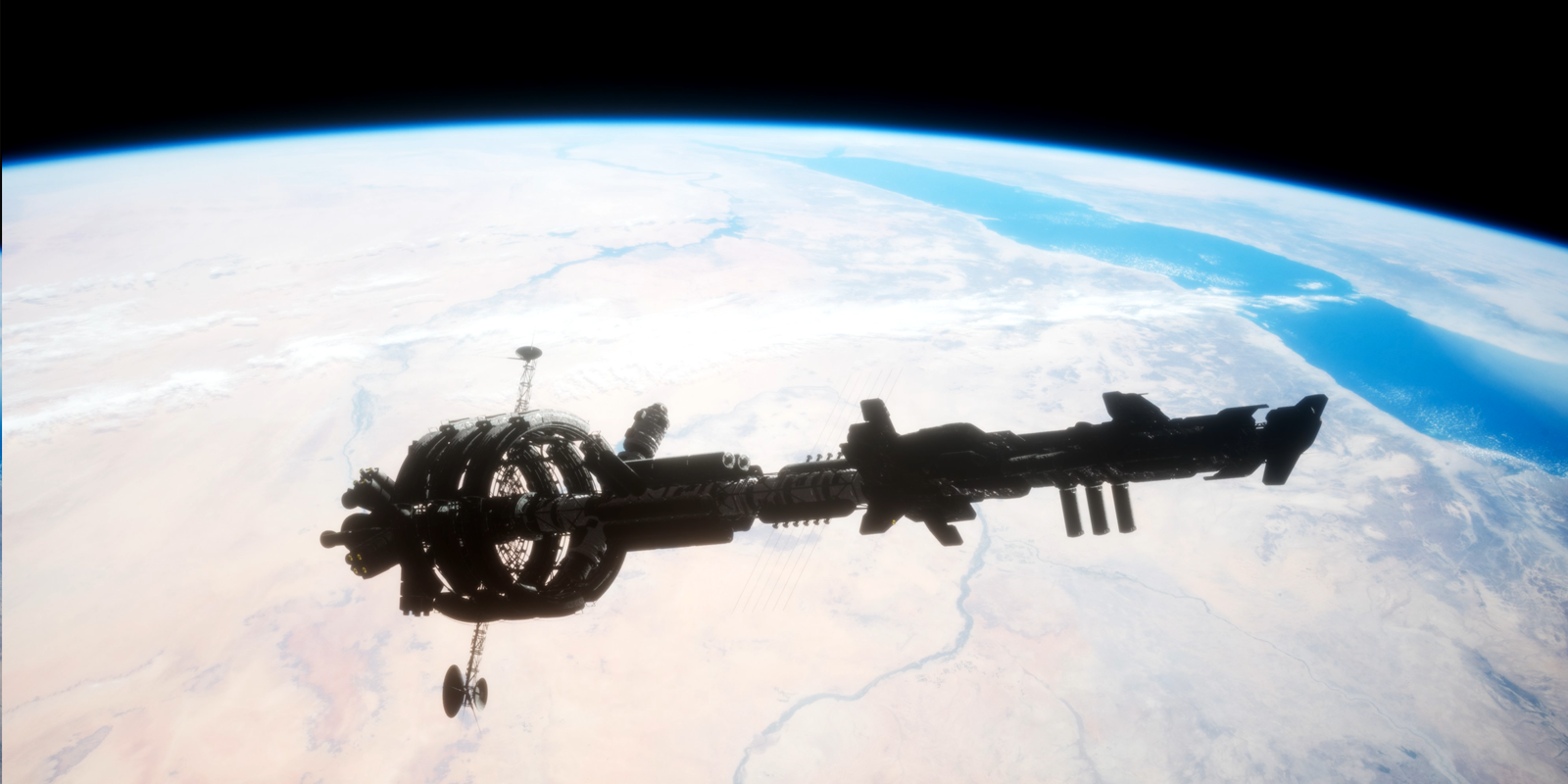The First Orbital War
In 2069, the Chinese launched the Red Sky System in the face of widespread international – and interplanetary – condemnation. Once activated, the system established a network of armed, military satellites and space stations with intense defensive and offensive capabilities.
THE FIRST ORBITAL WAR
Fearing the already-powerful Chinese army, the Russian Federation – with support from nearby Japan and minor assistance from ASEAN – declared war in response. Though mobilizing a mighty force, the Russians were no match for Red Sky. Even Russian ICBM’s were rendered useless against the Chinese satellites and their precision laser systems. Russia, Japan, and their allies quickly pulled back in the face of devastating counterattacks and millions of military and civilian losses.

On the verge of defeat, the Russian premier petitioned the Western European Alliance, the United States and India to assist them. Europe and India refused immediate intervention, preferring to reconfigure and retrain their militaries before entering any such conflict. The United States refused altogether, still reeling from decades of strife.
This conflict – remembered now as the First Orbital War – marked the beginning of the end of terrestrial warfare and led to a sudden flurry of new space-based weapons. It was in the early months of 2070 that the Western European Alliance began the construction of the Primus Armada – a fleet of twelve weaponized spacecraft intended to challenge the Red Sky System. As the Russians scrambled to maintain their terrestrial defenses, Japanese engineers collaborated on a massive design – The Shogun – which would take to the skies as the first true orbital battleship by the end of the year.
“Do not rejoice that war now takes to the skies. Mourn that we could not release the sword before we reached the stars…”
TAKAHASHI ICHIRO – Chief Designer of The Shogun
COUNTERING THE RED SKY
By January of 2071, with the Russian forces on Earth all but spent, the Battle of the Red Sky began. The Primus Armada – assisted by Shogun and several Martian transport ships outfitted with military-grade weaponry – launched an all-out attack on the Chinese defenses. With an elaborate hacking effort by the Indians, the Euro-Japanese and Martian forces were able to temporarily disable the satellites’ defenses, giving the allies the opportunity to strike.
Though a quarter of the Chinese satellites were destroyed, the cost was massive for the allies. Of the dozen European ships, only three would survive the battle. Though Martian forces suffered similar losses, the well-defended
Shogun battleship remained largely operational.

With the burden of massive military expenses and a vulnerability now obvious to their enemies, Chinese support for the conflict quickly waivered. A ceasefire was implemented by March. The People’s Republic agreed to disable the remainder of the Red Sky System but refused to accept additional terms under threat of renewing the violence. Their battered opponents agreed in the name of peace.
A TIME OF RECOVERY
The next several decades were devoted to significant recovery efforts, working to restore an Asian continent and a greater globe hammered by war and a new wave of climate catastrophes.
Despite relative peace on Earth itself, militaries began to direct their attention skyward, fearing another orbital conflict could break out at any moment. Wealthy states started to construct space-bound fleets of their own, and new plans for colonization began to be drafted.
“Minister, the US established its Space Force back in 2019. Why is Western Europe only now having this conversation?”
CÉLINE FAUCHER, Speaker of the WEA Military Committee
“We had hoped we wouldn’t have to, Madame Speaker.””
FELIX ACKERMANN, WEA Defense Minister
Seizing the opportunity of a power vacuum – and a wealth of new resources recently discovered on the Red Planet –the Martian Collective began to establish a sizeable military fleet of its own. Drawing inspiration from the Japanese Shogun, the Collective established a series of fully-automated drydocks in orbit around Mars.
By the beginning of the 2110’s, the Martian Orbital Navy was a formidable force of nearly fifty massive space-going vessels. Though the Martian population had only just reached one million, its powerful fleet rivaled any on Earth – largely due to its dependence on digital automation. Though each Prometheus-Class vessel was over 200 meters long, they could be manned by a crew of only twelve humans.
As massive amounts of resources began to flow between Earth and Mars, the Collective’s fleet kept a close watch – both on supply lines and their rivals.



